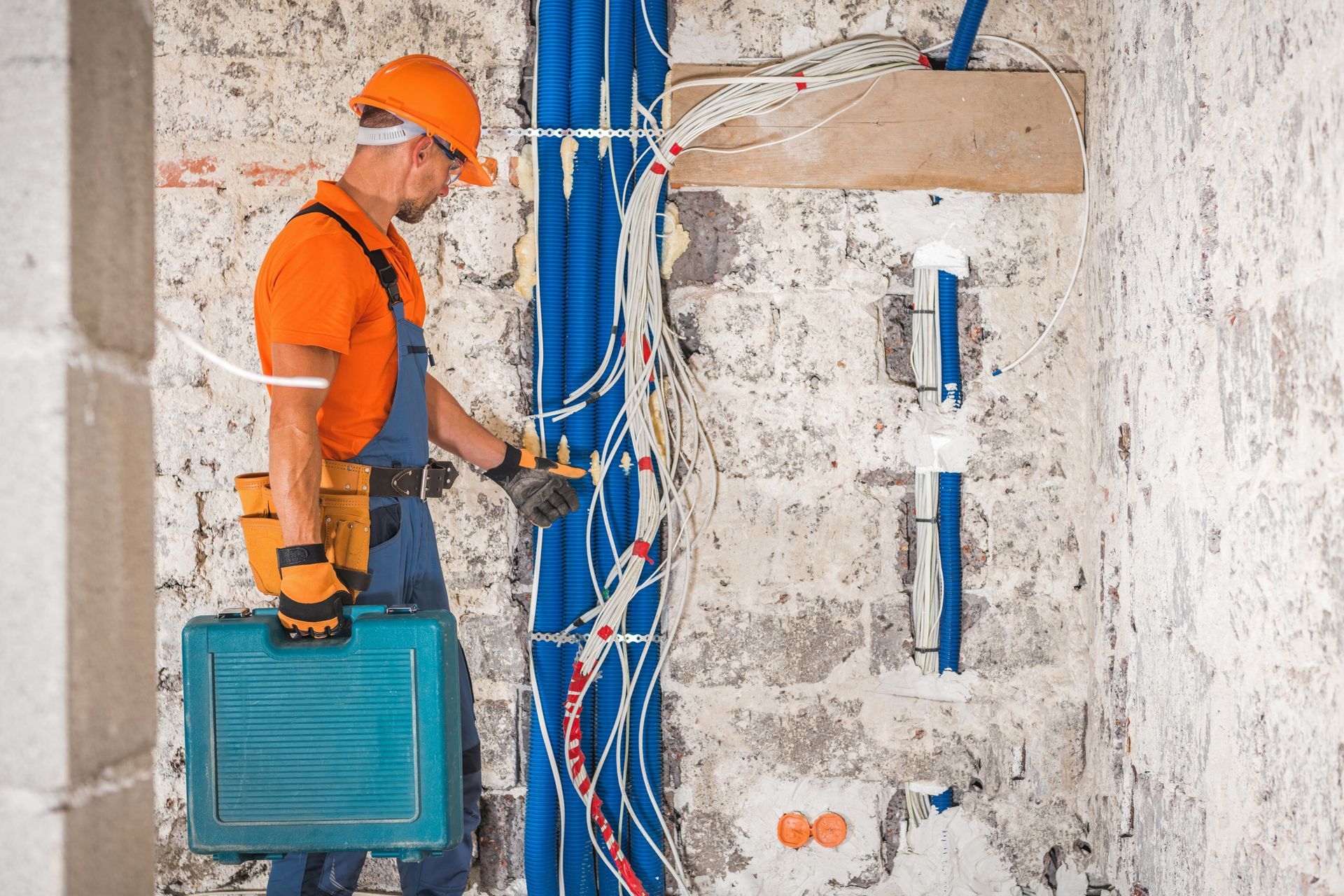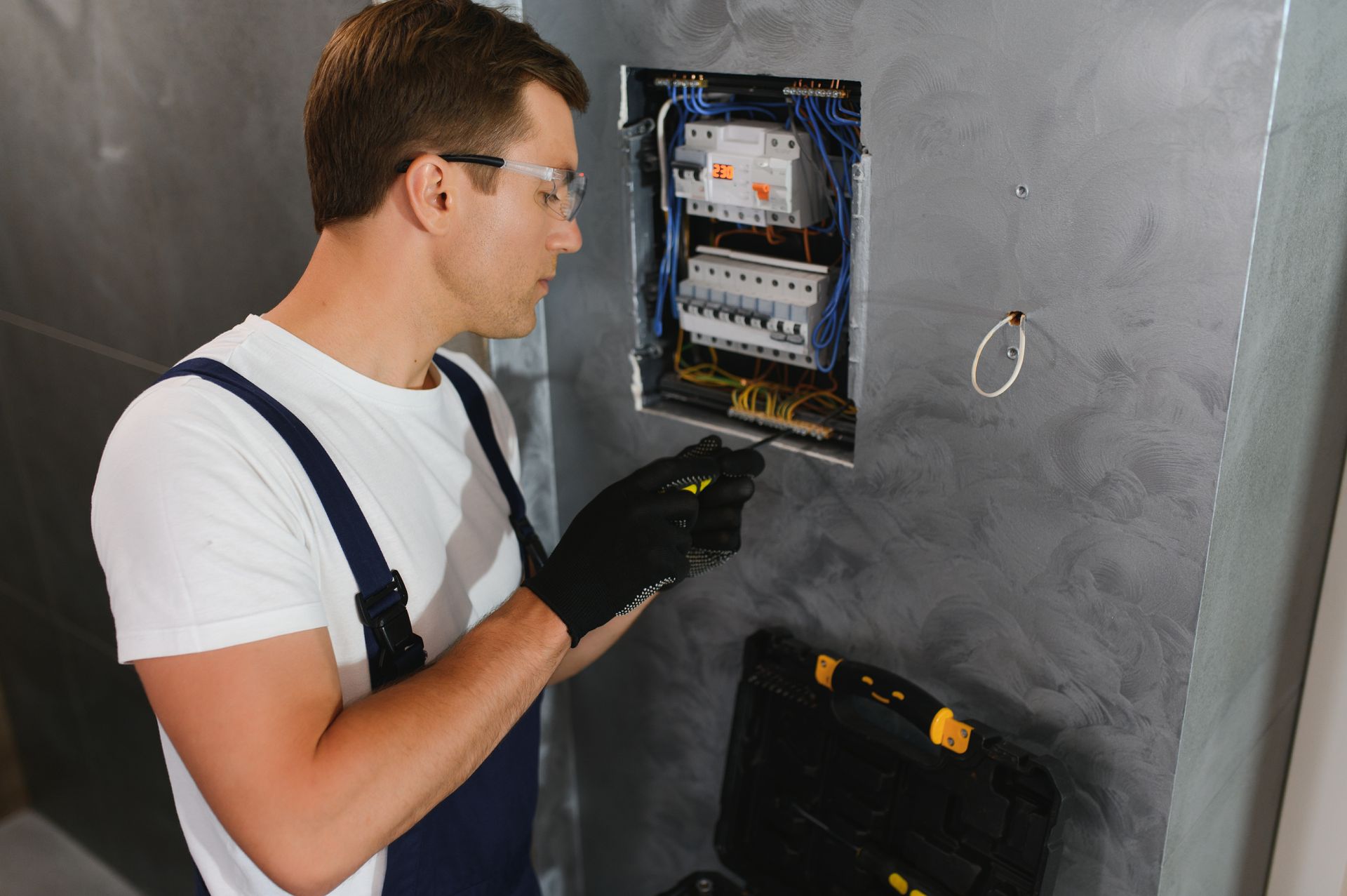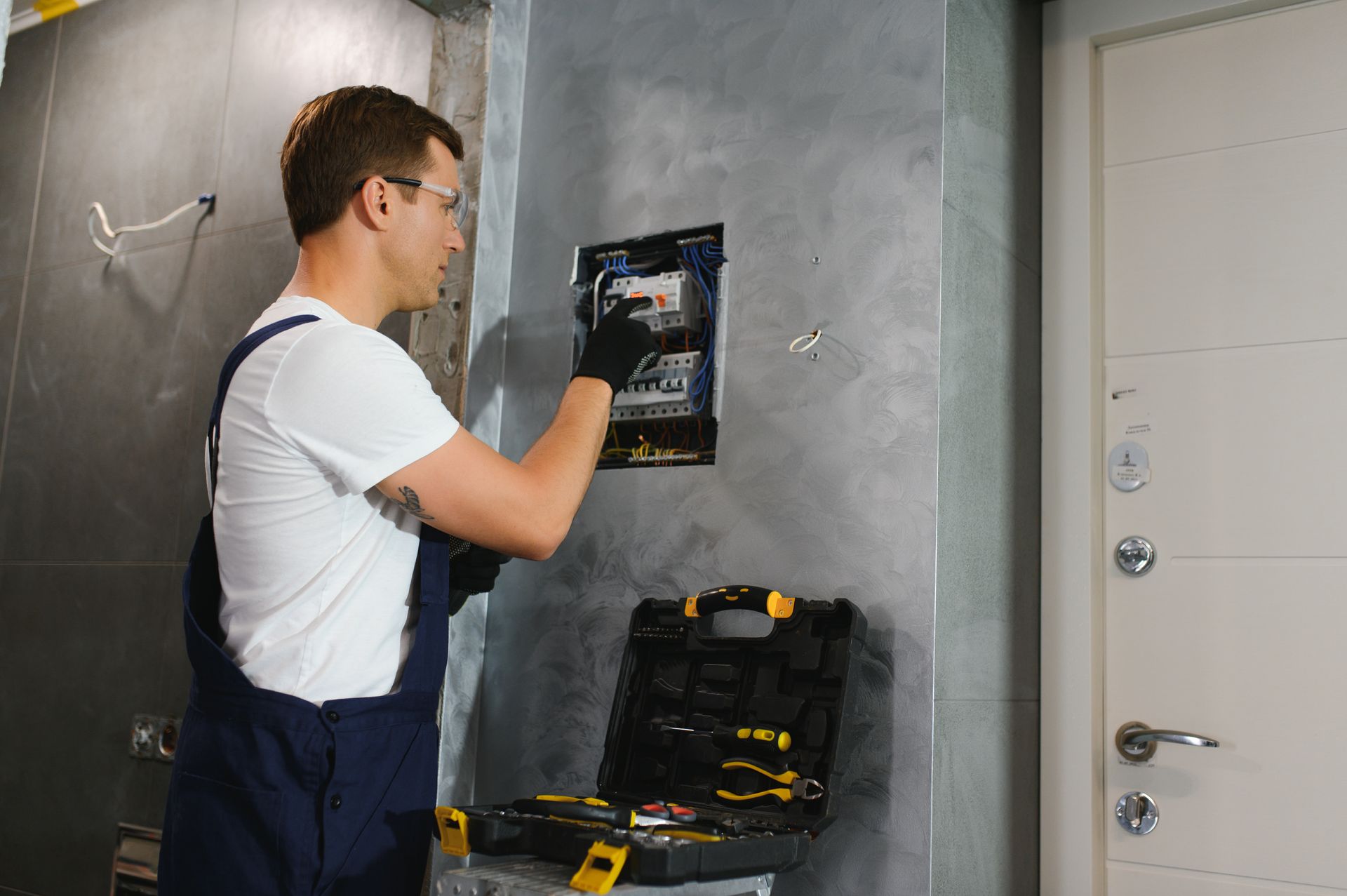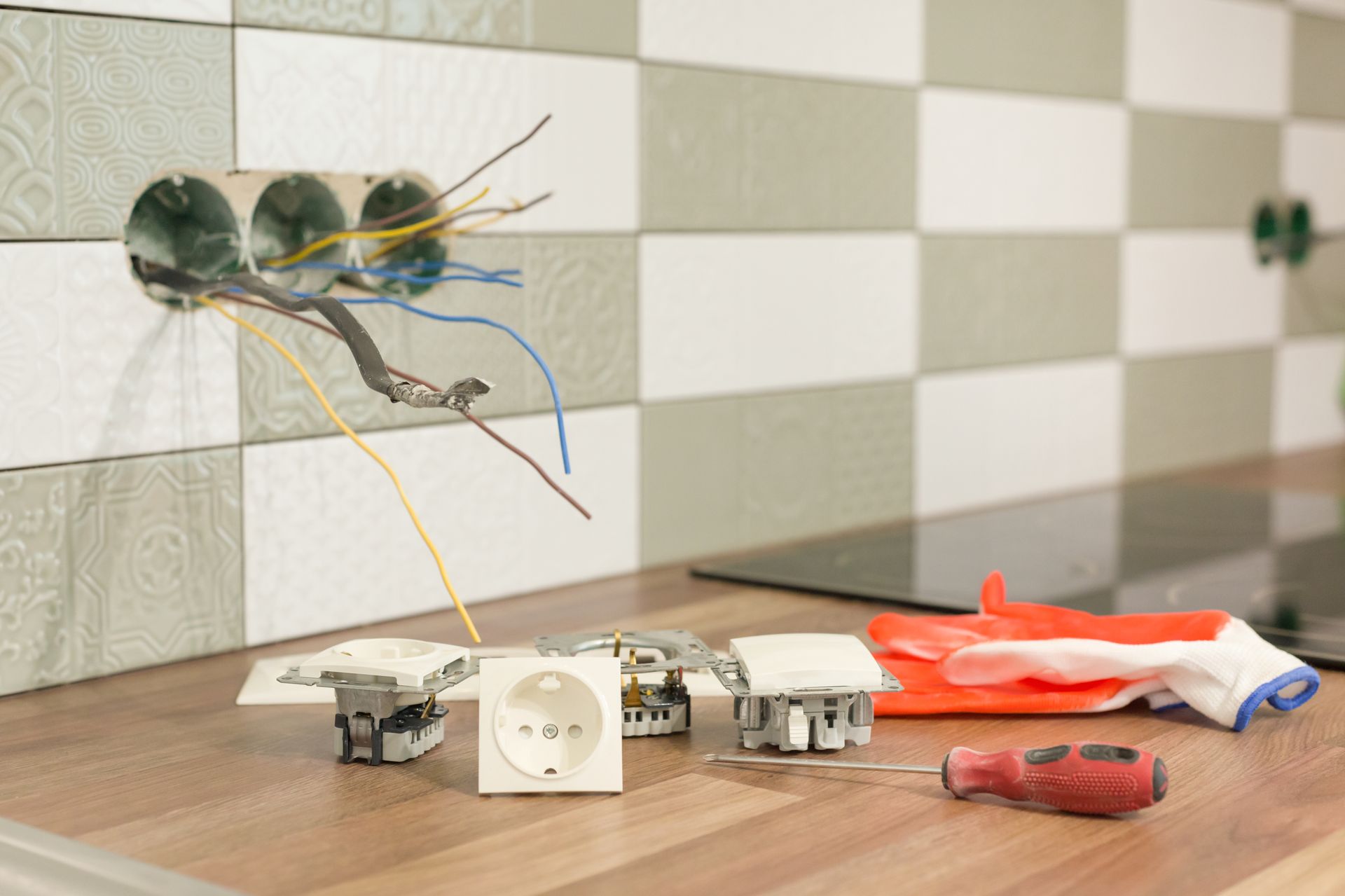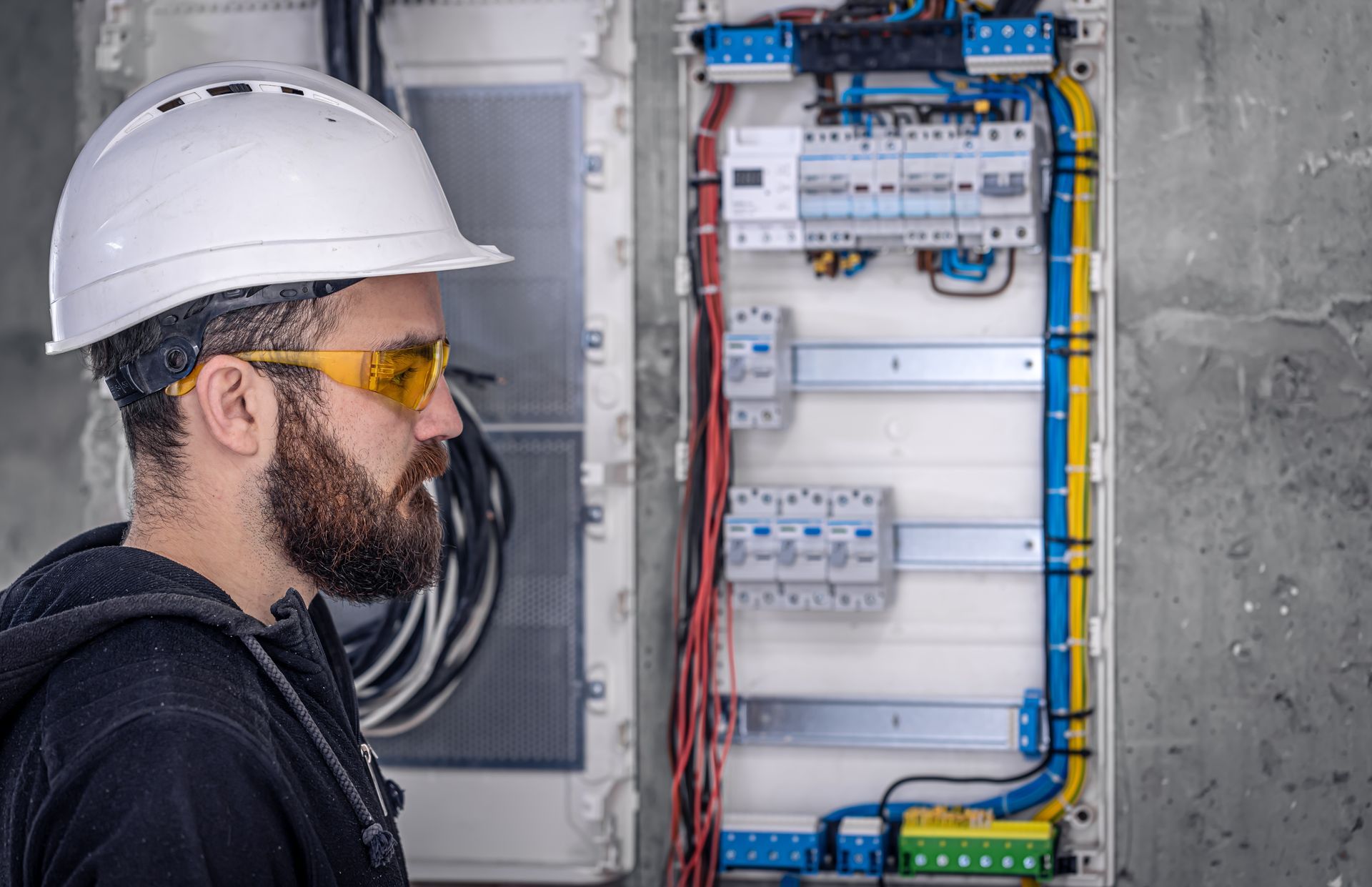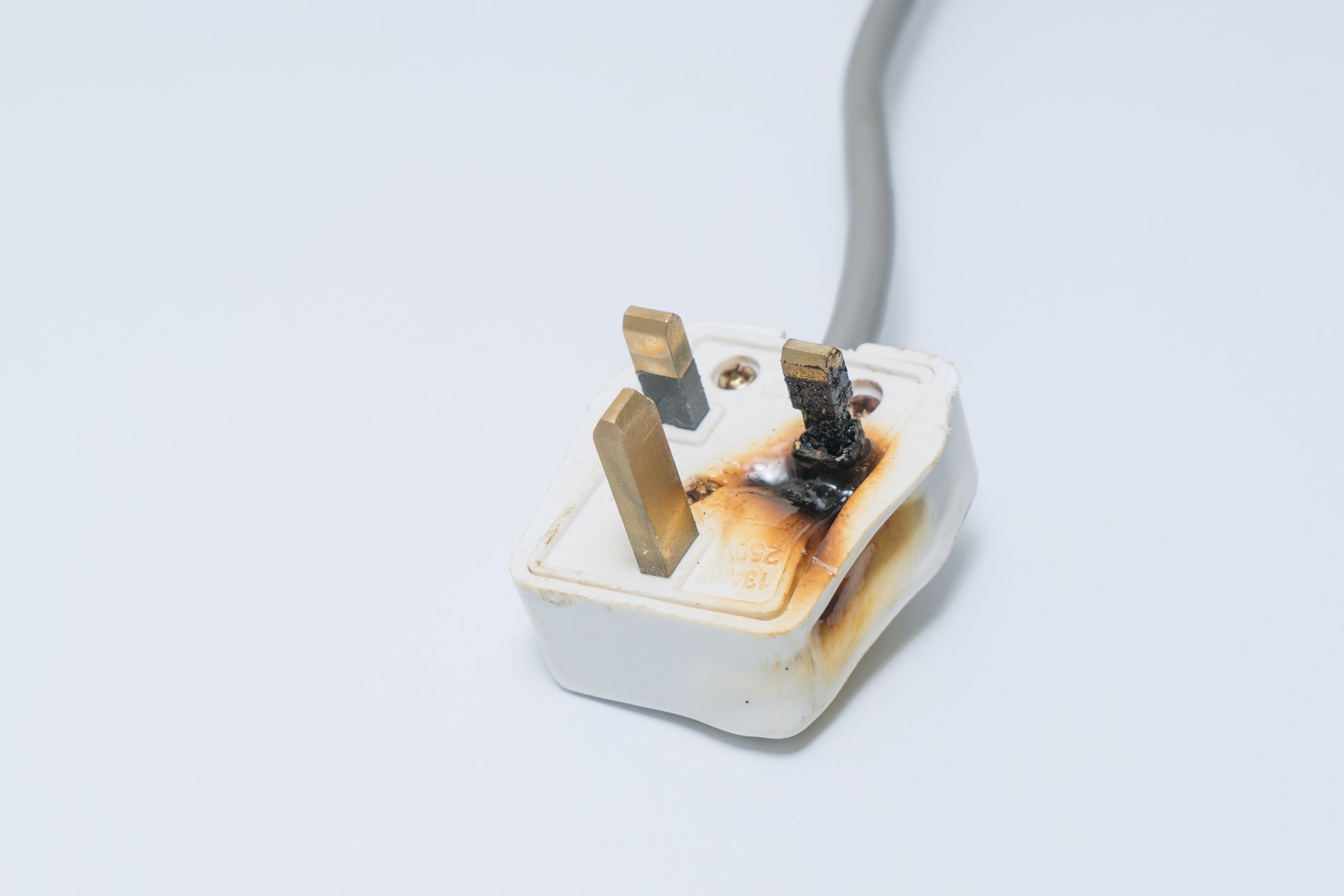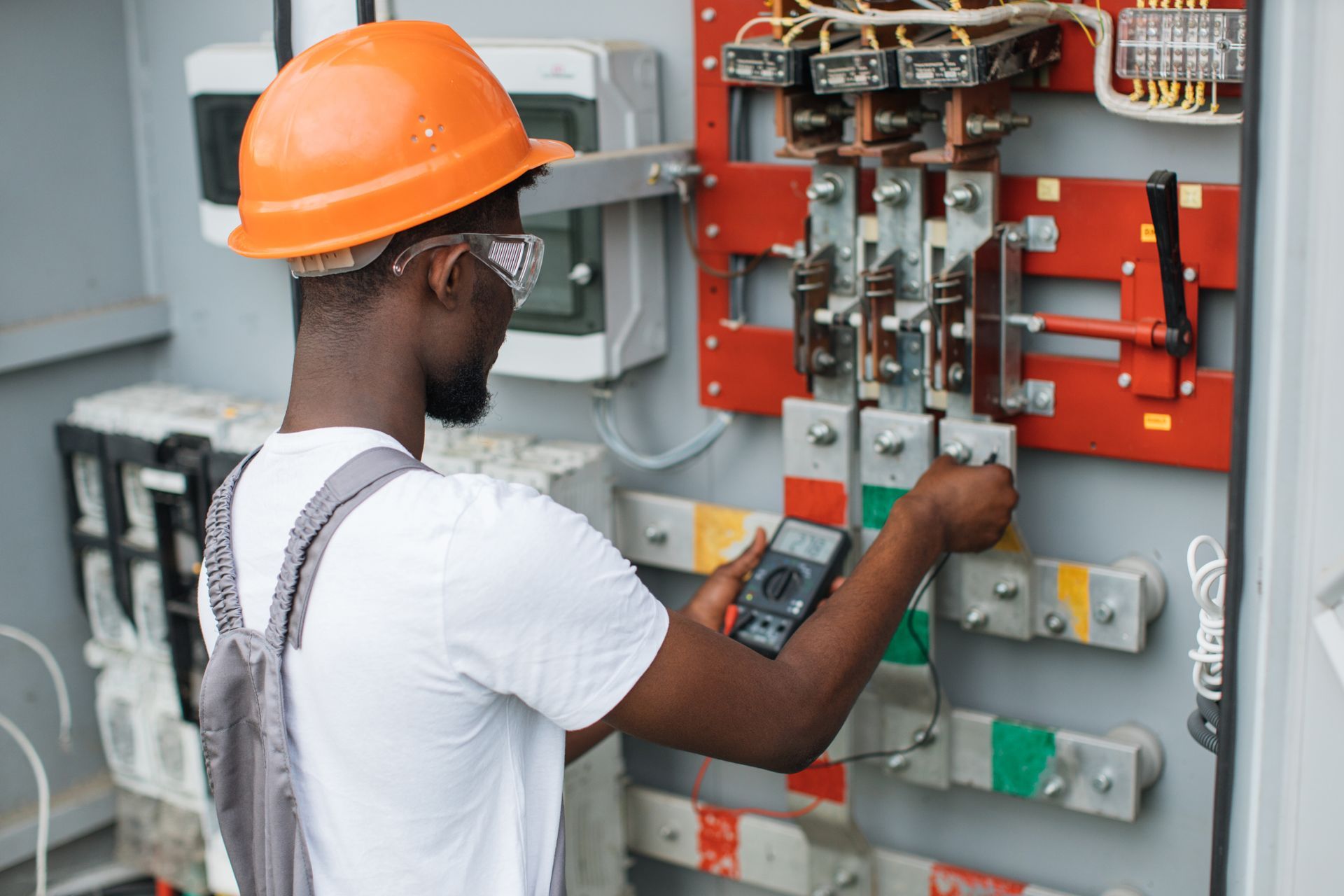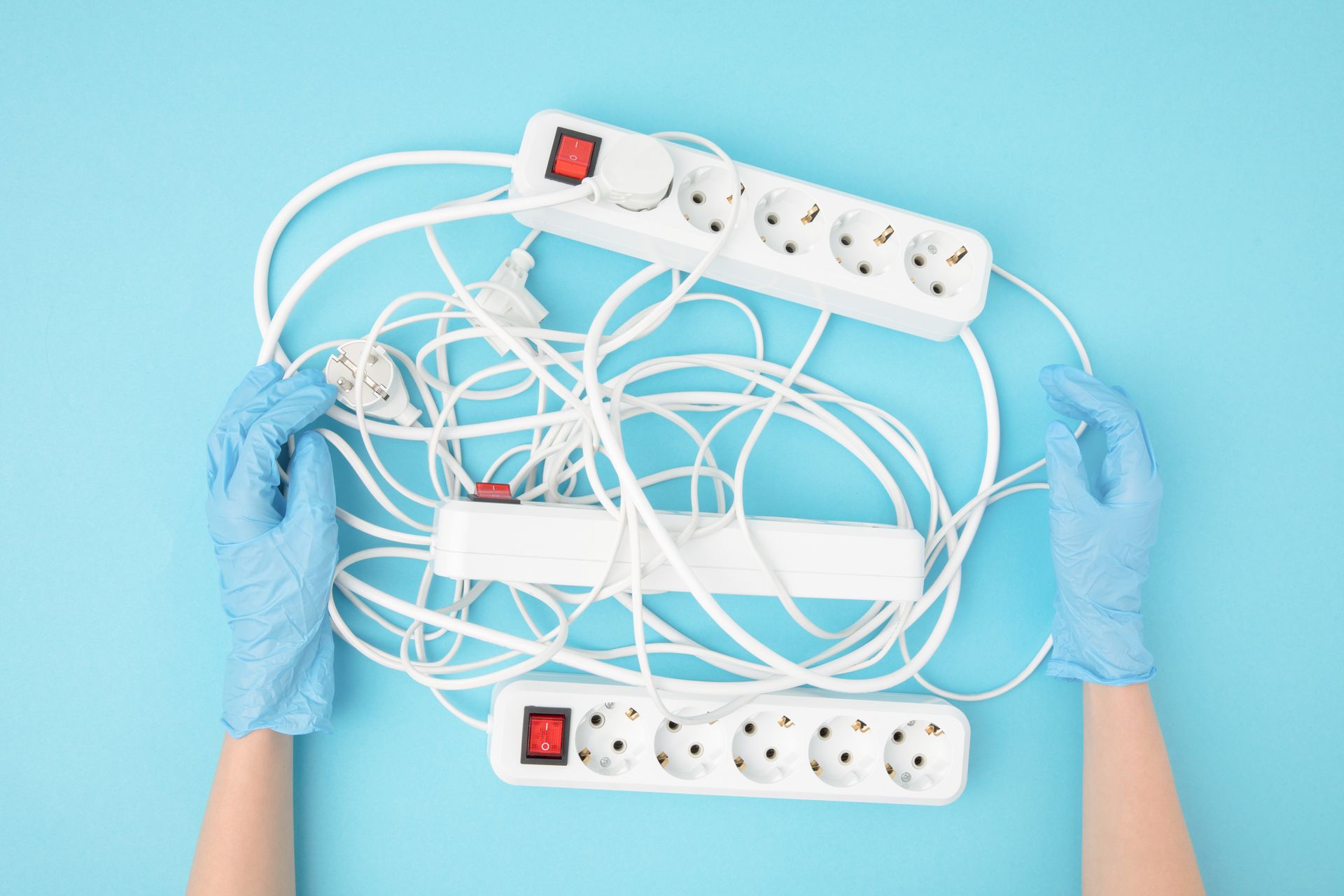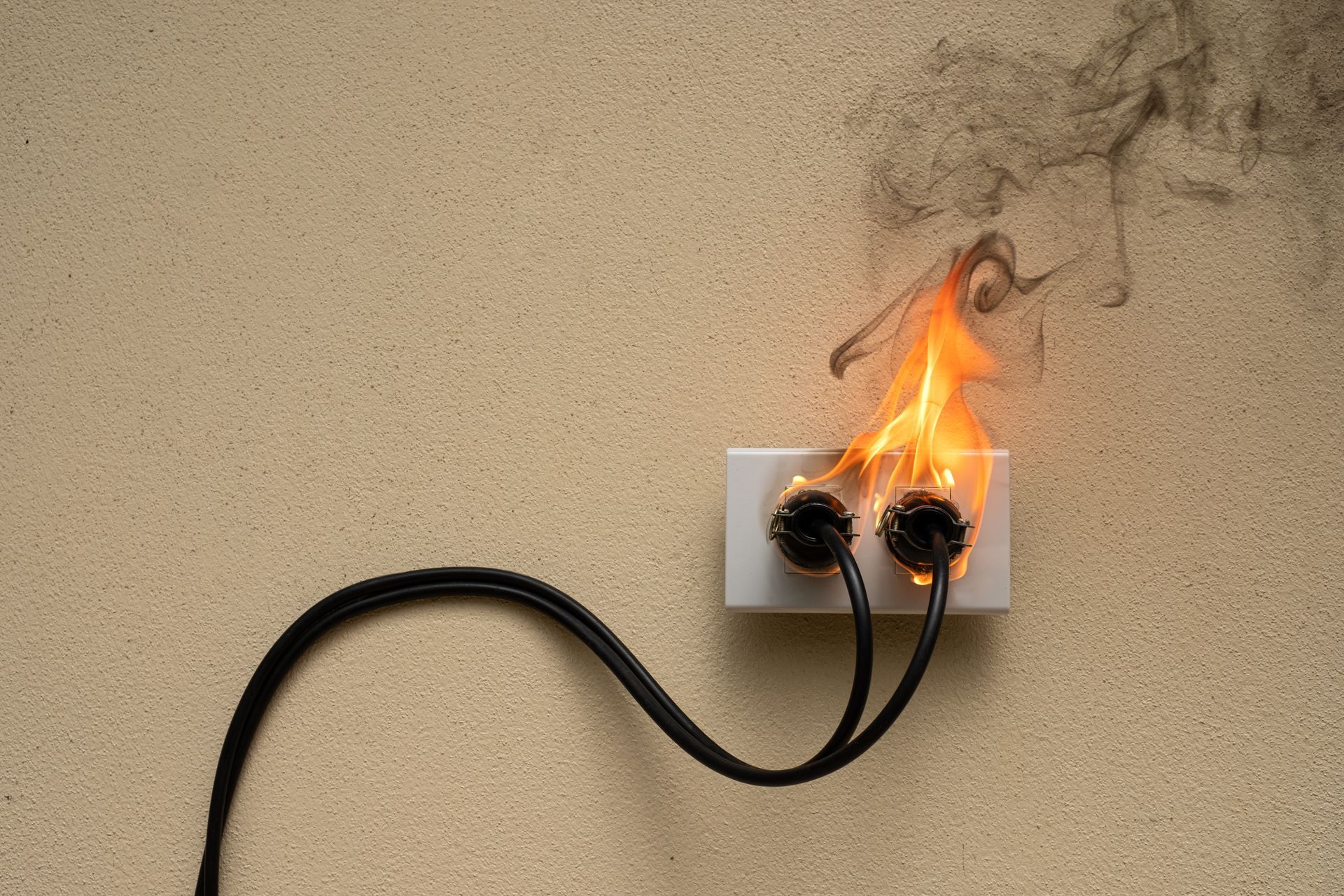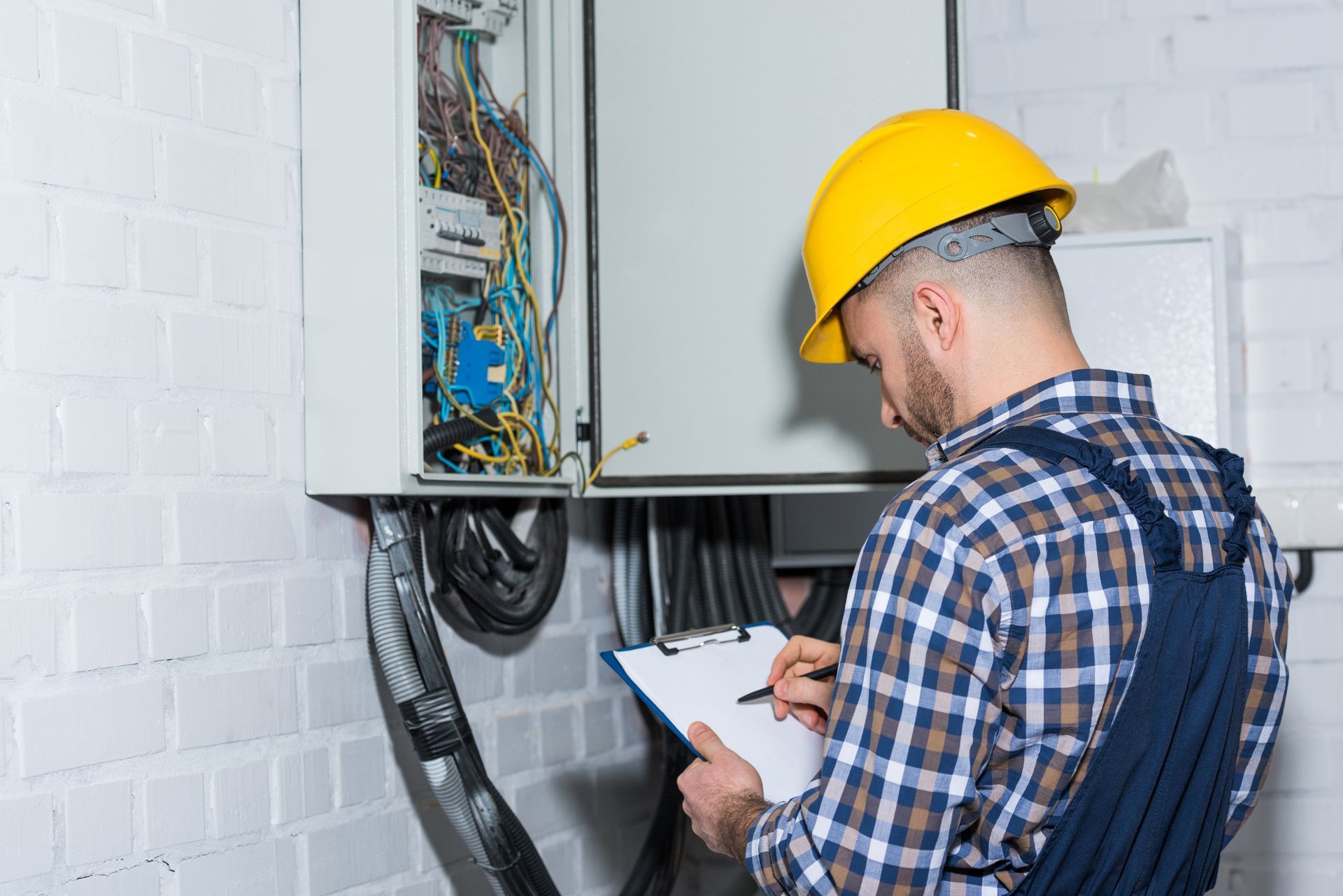Protecting Your Pets from Fire Hazards Caused by Electrical Hazards
Protecting Your Pets from Fire Hazards Caused by Electrical Hazards
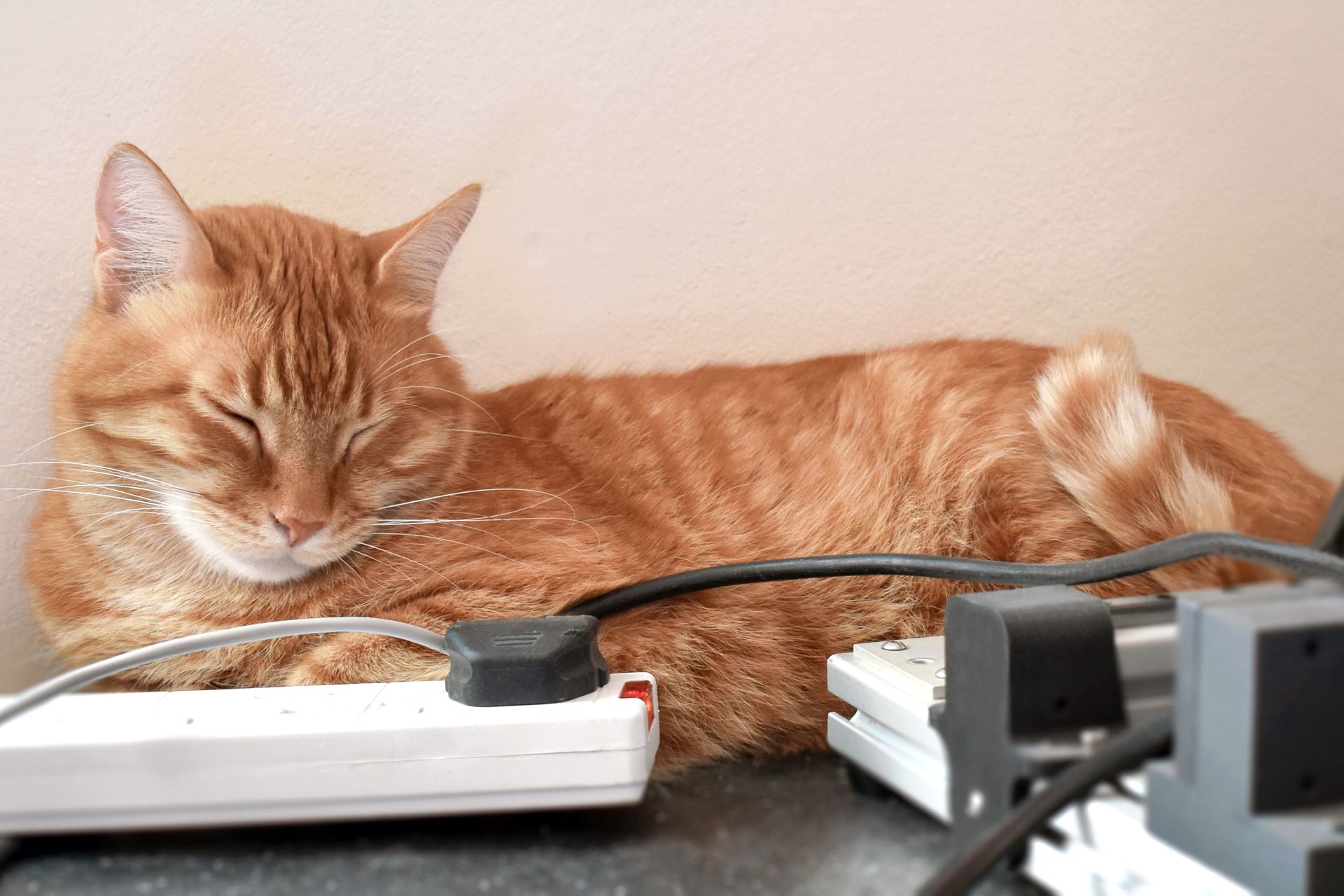
Our pets are family, and their safety is just as important as any other household member. However, many pet owners may overlook the dangers that electrical issues pose to their furry friends. Electrical fires can start without warning, and pets are often at risk because of their curiosity and proximity to electrical appliances. Here’s a guide on how to pet-proof your home against electrical hazards, ensuring your pets stay safe from potential fire dangers.
1. Identify and Secure All Electrical Cords
Pets, especially puppies, kittens, and small animals, are known for their curious nature and can be tempted to chew on electrical cords. Even a small nibble can damage cords, creating a risk of fire and electric shock.
- Use Cord Covers: Encasing electrical cords in protective covers makes them harder for pets to access and chew.
- Conceal Cords When Possible: Try to keep cords hidden behind furniture or secure them against walls to minimize exposure.
- Spray Deterrents: Certain pet-safe sprays deter chewing and can be applied to cords in high-risk areas.
2. Keep Electrical Devices Out of Reach
Electrical appliances can be dangerous if knocked over or tampered with by curious pets. Items like space heaters, lamps, and fans are not only appealing but can also lead to burns or fire hazards if mishandled by pets.
- Unplug Unused Devices: Always unplug appliances when they’re not in use to prevent potential overheating or electrical sparks.
- Secure Heavy or Hot Appliances: Consider mounting heavy or heat-producing devices out of reach or placing them in secure areas.
- Use Outlet Covers: Protect outlets not in use with covers to prevent any accidental contact with paws or noses.
3. Monitor Heating Sources
Many pets love warmth and will gravitate toward heaters, heated pads, or even radiators. While these are wonderful for keeping cozy, they can be hazardous if left unsupervised.
- Keep Pets Away from Open Heaters: Ensure that space heaters have a pet-safe grille or are kept in areas inaccessible to pets.
- Use Pet-Safe Heating Alternatives: If your pet needs additional warmth, consider pet-safe heating pads designed specifically for animals.
- Turn Off Heaters When Not at Home: It’s best to turn off all heating devices when you’re away to avoid accidental fires.
4. Schedule Regular Electrical Inspections
Routine electrical inspections are essential for spotting any potential hazards that could lead to fire risks. Circuit mapping, in particular, provides insight into your home’s wiring and helps identify problem areas before they become serious.
- Get a Circuit Mapping Service: Professional circuit mapping services from companies like TraceTech Solutions ensure that your home’s electrical system is in top condition. A well-mapped circuit layout allows electricians to identify and resolve areas that could pose risks.
- Inspect Wiring for Damage: Make sure that all electrical outlets and wires are undamaged and properly insulated. Regular inspections help catch any potential hazards caused by pet activity.
5. Invest in Smoke Detectors and Fire Safety Equipment
Installing smoke alarms and having fire safety tools can make all the difference in an emergency. Smoke detectors should be installed in every room and hallway, with some positioned close to sleeping and play areas for your pets.
- Install Smoke Alarms on Every Floor: Ensure that alarms are tested regularly and batteries are changed periodically.
- Pet-Friendly Fire Alarms: Look into alarms that work with pet-friendly frequencies to ensure your pet will be alerted to danger.
- Fire Extinguishers: Have accessible fire extinguishers near kitchens, living rooms, and other areas where fires are more likely to start.
6. Designate a Pet Safety Area
Creating a designated safe zone for your pets, away from electrical outlets and heavy appliances, is an effective way to minimize risks. This zone can serve as a secure area during an emergency, reducing their chance of being near hazardous devices.
- Choose a Low-Risk Area: Opt for a space without too many electrical outlets or appliances that could potentially spark a fire.
- Create Comfort: Make it a comfortable, stress-free area for your pet so they’re inclined to spend time there naturally.
- Access to Exits: Ensure the space is close to an exit to make evacuation with your pet easy if necessary.
7. Train Your Pet to Avoid Electrical Hazards
Training can be a powerful way to reduce the likelihood of your pet tampering with electrical hazards.
- Teach Boundaries: Training pets to stay away from certain areas with high electrical activity can help keep them safe.
- Reward-Based Training: Use positive reinforcement to teach your pet to stay away from specific appliances or rooms where electrical dangers are more prevalent.
8. Get a Pet Safety Decal for First Responders
In case of an emergency when you’re not at home, a pet safety decal can alert first responders that there are animals in the house. Many decals allow you to indicate the type and number of pets, which is crucial for efficient rescue.
- Place Decals on Main Entry Points: Make sure your decals are easily visible on front and back doors.
- Update Regularly: If you get a new pet or experience any change, update your decal accordingly.
Partner with TraceTech Solutions for Electrical Safety
TraceTech Solutions specializes in circuit mapping and advanced electrical safety solutions to help protect your home and loved ones from potential hazards. With a clear view of your home’s electrical layout, you can identify and address risks before they become a problem.
Final Thoughts
By taking these preventative steps, you can ensure that your pets remain safe from electrical fire hazards and that your home remains a secure place for all. Electrical safety for pets is just one part of a broader safety plan, but by understanding the risks and protecting your home with tools like circuit mapping, you’re safeguarding your family members—both furry and human—from harm.


